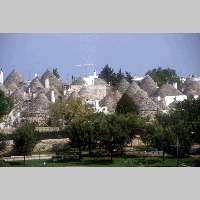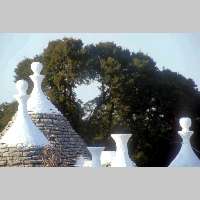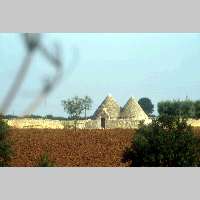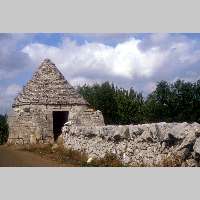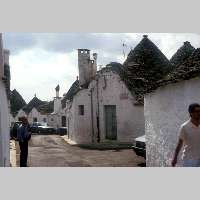
 prof Enrico Degano
prof Enrico Degano
Dry-Stone Constructions in Ancient Literary Sources
Recent archeological findings indicate that the dry-stone building technique was used by the Italic population as early as in the Neolithic period, i.e. beginning with the Bronze Age. The archeological sights at Punta la Penna in the Palese area in the vicinity of Bari, the capital of the Italian region of Puglia, and at Coppa Navigata in the Manfredonia area in the same region, have revealed dry-stone walls of former residences and remnants of a tower. In the same region, at Monte Sannace in the Gioia del Colle area, archeologists have discovered ruins of a city constructed between the 9th and 8th centuries B.C., the foundations of which were all built according to the dry-stone building technique. The above-mentioned examples led to the author's assumption that the dry-stone building technique might have been popular in the whole Mediterranean area. The paper will describe the research the aim of which was to verify whether ancient literary sources mention the dry-stone building technique.
Za povečavo kliknite na sliko
Click on picture to enlarge


